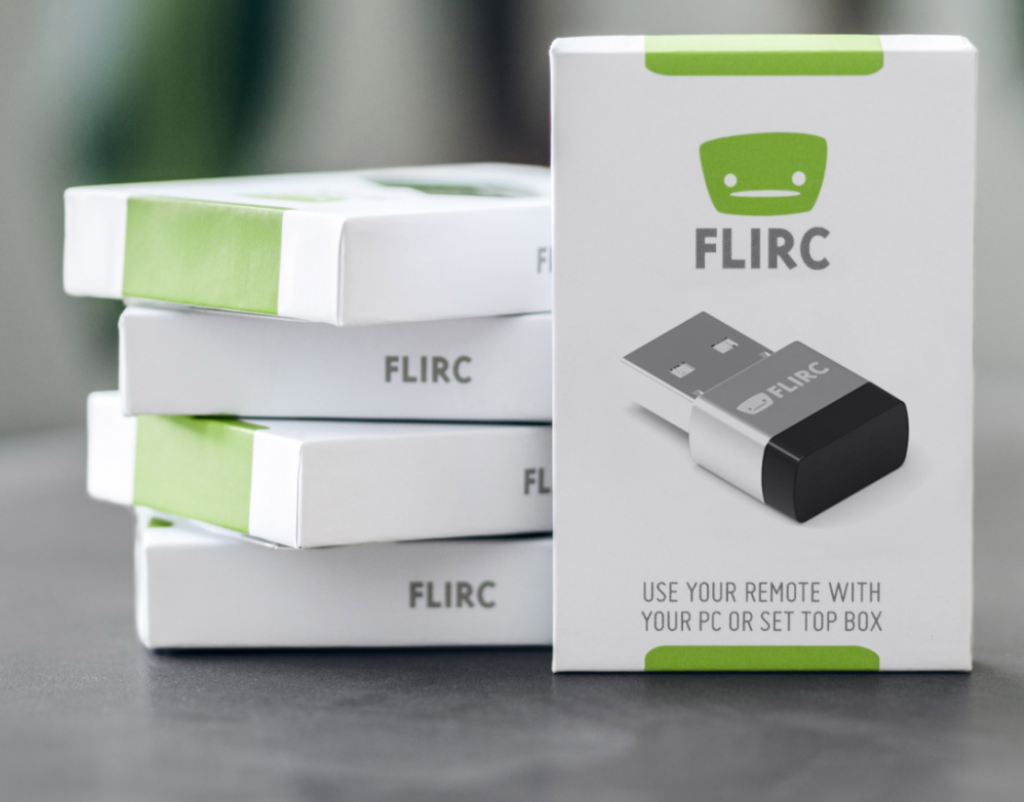UPDATE: PART 3 has instructions for email backup using pre-made docker images based on this post and Part 2.
Intro
In the world of self-hosting, creating a personal email server always seemed like the Holy Grail of personal privacy. Unfortunately, with all the work that would go into maintaining it, and the high probability of failure when operated by someone as inexperienced as myself, it has never seemed like a viable option for me. However, I have wanted a system for some time whereby I can automatically backup my email in a standard format which could potentially be served to … Read the rest



